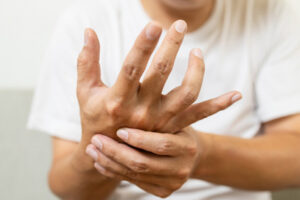
Movement Disorders
Movement disorders in the elderly can significantly impact their quality of life and have several orthopedic implications. Here are some common movement disorders and their potential orthopedic implications:
24 hours, Emergency Fracture Service
(Doctor assistance available)
24 hours, Same-Day Appointment Available
Same-Day Appointment Available
24 hours, Emergency Fracture Service
24 hours, Same-Day Appointment
Same-Day Appointment Available

Movement disorders in the elderly can significantly impact their quality of life and have several orthopedic implications. Here are some common movement disorders and their potential orthopedic implications:

Calcium and vitamin D deficiencies are common in the elderly population. These nutrients are crucial for maintaining bone health and preventing conditions like osteoporosis. Here are some important points regarding the deficiency and treatment strategies for calcium and vitamin D in the elderly:

Sarcopenia is a condition characterized by age-related loss of skeletal muscle mass, strength, and function. It is commonly observed in the elderly population and can have significant orthopedic implications.

Fragility fractures are fractures that occur as a result of minimal trauma or stress on weakened bones. They are commonly associated with osteoporosis, a condition characterized by decreased bone density and strength. The management of fragility fractures involves both acute treatment and long-term strategies to prevent future fractures.

Osteoarthritis is a degenerative joint disease that commonly affects the elderly population. It occurs when the protective cartilage that cushions the ends of bones wears down over time, leading to pain, stiffness, and reduced mobility in the affected joints. While there is no cure for osteoarthritis, there are several management strategies that can help alleviate symptoms and improve the quality of life for elderly individuals.

Osteoporosis is a condition characterized by a decrease in bone density and quality, leading to increased bone fragility and susceptibility to fractures. It is most commonly seen in postmenopausal women but can also affect older men and individuals with certain medical conditions or taking certain medications.